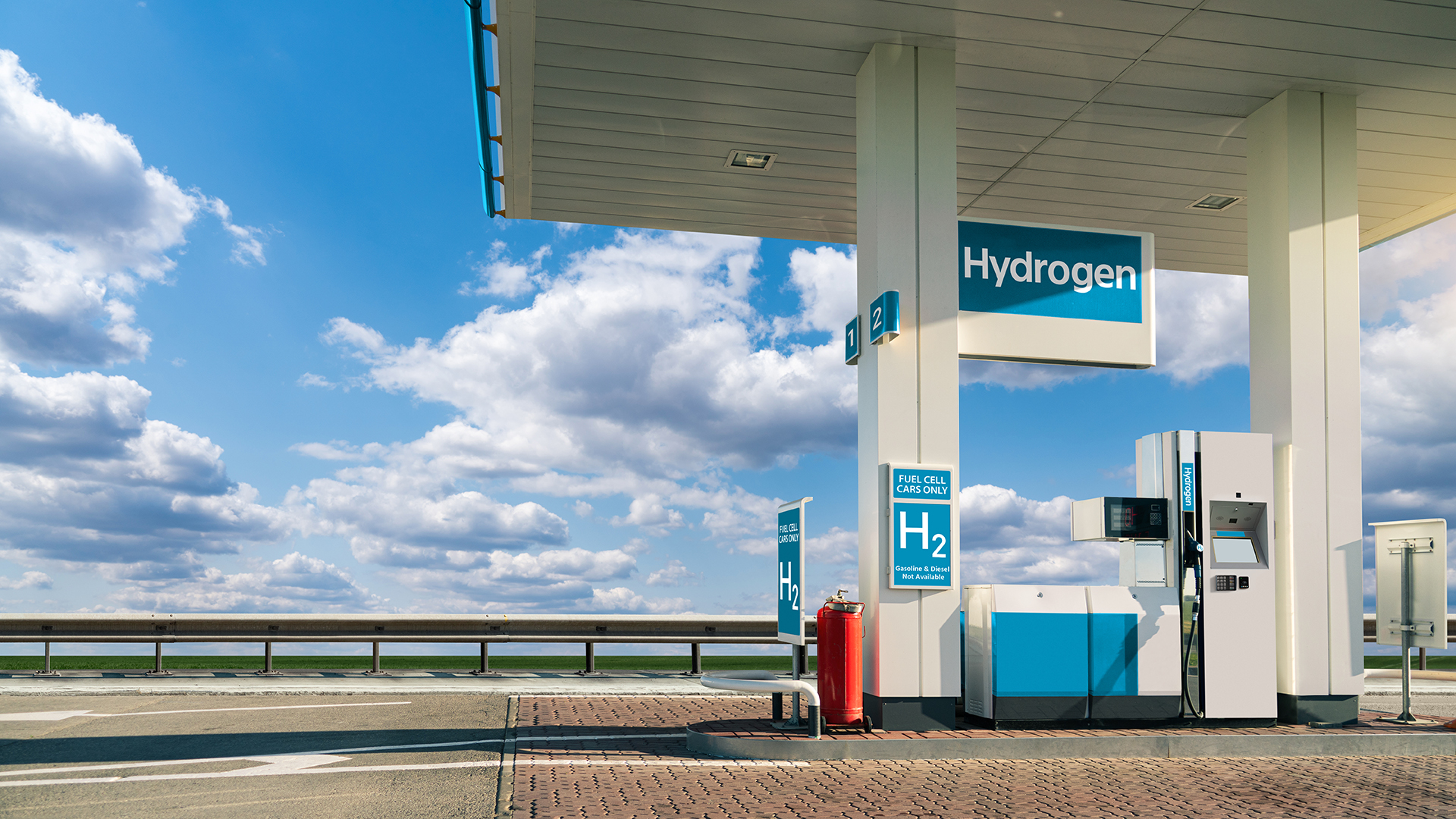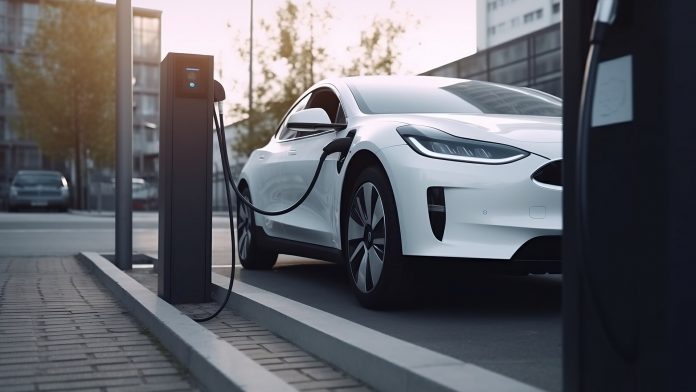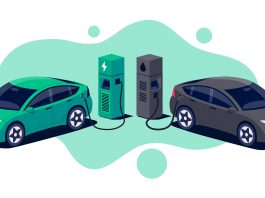The European Parliament has adopted new rules that will see EV charging stations available every 60km across the EU.
The new EU regulations adopted by MEPS will ensure that EV charging stations are situated every 60km for cars and every 200km for trucks and buses.
Hydrogen refuelling stations will also be available every 200km under the EU rules, which also outline new measures to develop cleaner maritime fuels.
The initiative for alternative fuels and EV charging stations form part of the EU’s Fit for 55 in 2030 package, which aims to reduce greenhouse gas emissions by 55% by 2030, compared to 1990 levels.
Peter Vitanov, the European Parliament’s rapporteur on alternative fuels infrastructure, commented: “Using more sustainable, renewable and efficient energy solutions in the transport sector will help reduce greenhouse gas emissions and air pollution, improve citizens’ quality of life and create new high-quality jobs.
“The new rules will also help to deploy more charging infrastructure and make it as easy to use as traditional petrol stations.ʺ
EV charging stations will be easier to access than ever in the EU
The alternative fuel and EV charging stations regulations were adopted by 514 votes in favour, 52 votes against, and 74 abstentions.
EV charging stations for cars with a minimum 400 kW output will be deployed across core TEN-T network routes by 2026, with power output increasing to 600 kW by 2028.
Charging stations for trucks and buses will be installed on half of all EU main roads by 2028 with a power output of 1400kW to 2800 kW, depending on the road.
EU Member States will be required to develop hydrogen refuelling stations along the core TEN-T network by 2031.

Alternative fuel users will be able to easily pay at recharging points without the need for a subscription, with contactless payments enabled.
The EU Commission says they will establish an alternative fuels database by 2027, including the latest information on availability, waiting times, and prices at charging stations.
Maritime fuels legislation will slash greenhouse gas emissions
Ships must gradually reduce greenhouse gas (GHG) emissions by reducing the amount of GHG energy use by 2% as of 2025 to 80% by 2050 under new rules.
These regulations apply to ships above 5000 gross tonnage, which produce 90% of CO2 emissions in the maritime sector.
It also applies to all energy used on board or between EU ports and to 50% of the energy used on voyages in which the departure or arrival port is outside the EU or in the EU’s outermost regions.
Container and passenger ships must also use an on-shore power supply for all electricity requirements while moored in major EU ports from 2030.

A 2% usage of renewable fuels in the maritime sector has also been set as a target by 2034 if they find that in 2031 renewable fuels of non-biological origin (RFNBO) amount to less than 1% of the fuel mix.
Parliament’s rapporteur on sustainable maritime fuels, Jörgen Warborn, concluded: “The new rules set out by far the world’s most ambitious path to decarbonising maritime transport.
“It targets 90% of maritime CO2 emissions while shielding the smallest ship-owners and ports from costs and administrative burden. They make Europe the frontrunner in creating a demand for sustainable fuels and fostering innovation.”









